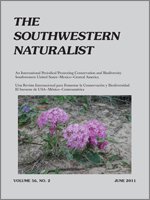We determined that Eupatorium petiolare was either wind pollinated or self-fertilized, that Tagetes lunulata and Verbesina virgata showed autonomous self-fertilization, that Dahlia coccinea seems to be self-incompatible and pollinated by diurnal insects, and that, although overall longevity of capitula of V. virgata was greater in shaded sites, production of fruit per capitulum was greater in sunny sites. Overall longevity of capitula and longevity of capitula in the mature-flower stage showed great variability among species; overall longevity of capitula was longer for those species flowering during the rainy season and longevity of the mature-flower phenophase was shorter for D. coccinea (the only species dependent upon vectors for its pollination). High density of flowers, few barriers to dispersal of pollen (low arboreal coverage), and increased photosynthetic radiation typical of sunny sites seem to favor transfer of pollen, resulting in higher pollination and fruiting success than that experienced by plants in shaded sites.
How to translate text using browser tools
1 June 2011
Effectiveness of Vectors of Pollen and Longevity of Capitula for Four Species of Asteraceae in Central Mexico
Dulce M. Figueroa-Castro,
Zenón Cano-Santana
ACCESS THE FULL ARTICLE

The Southwestern Naturalist
Vol. 56 • No. 2
June 2011
Vol. 56 • No. 2
June 2011




